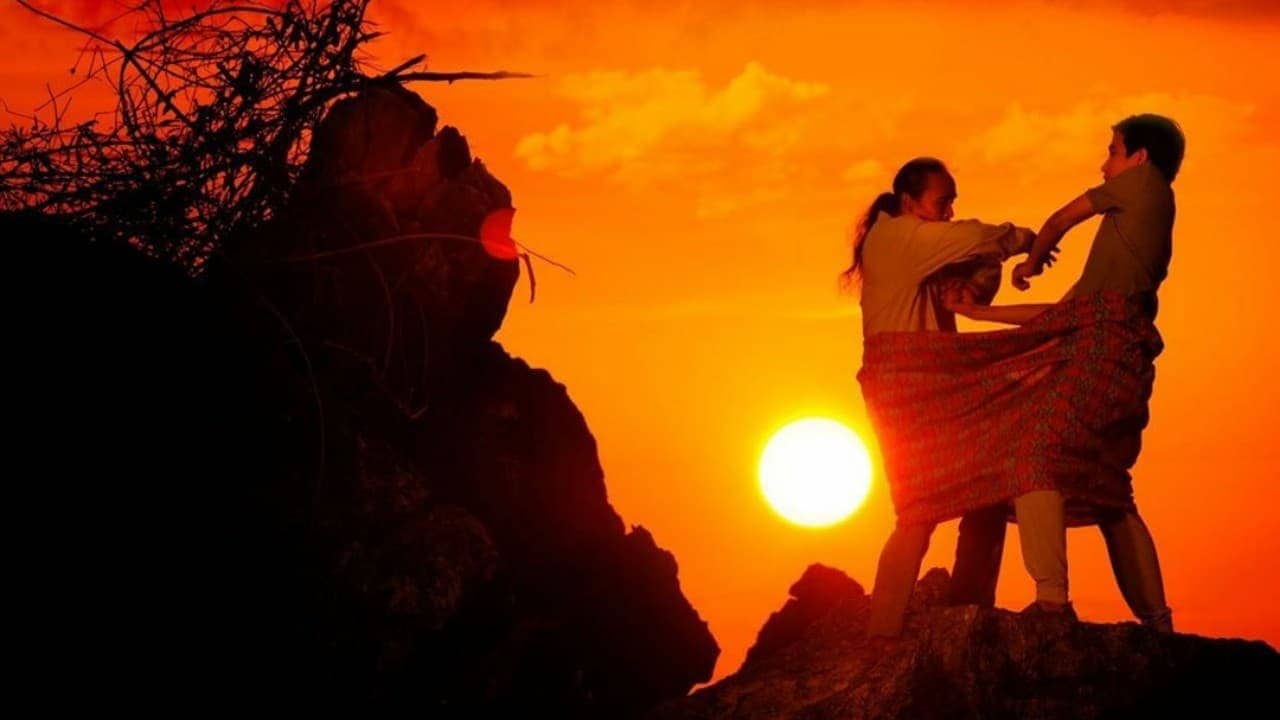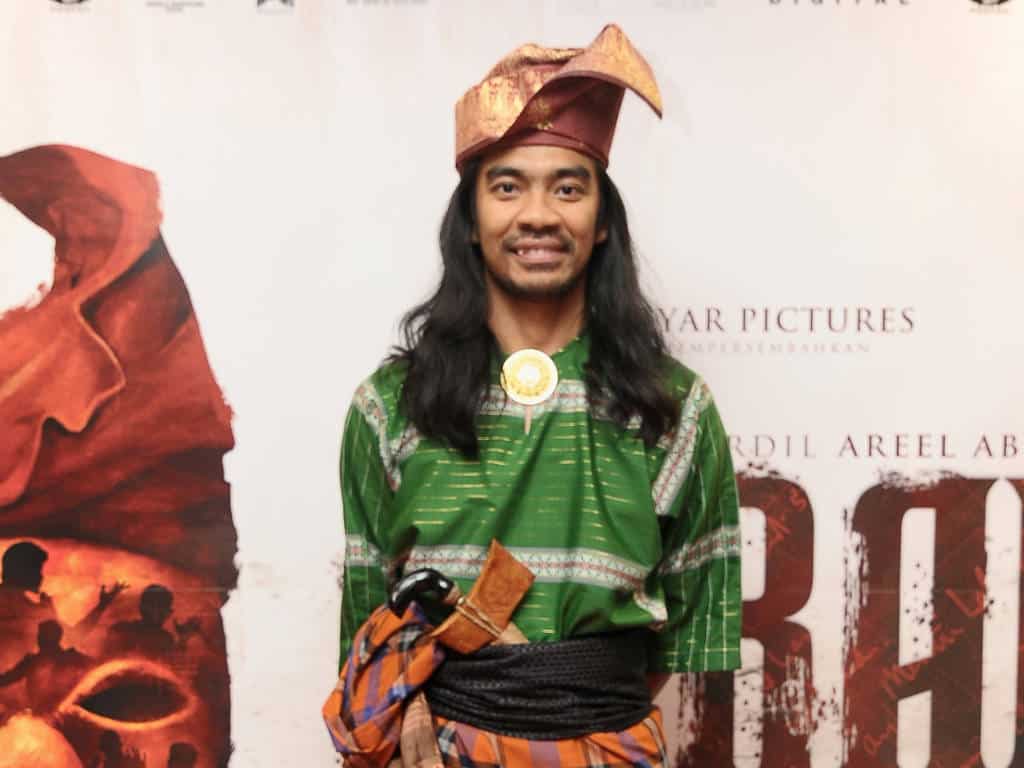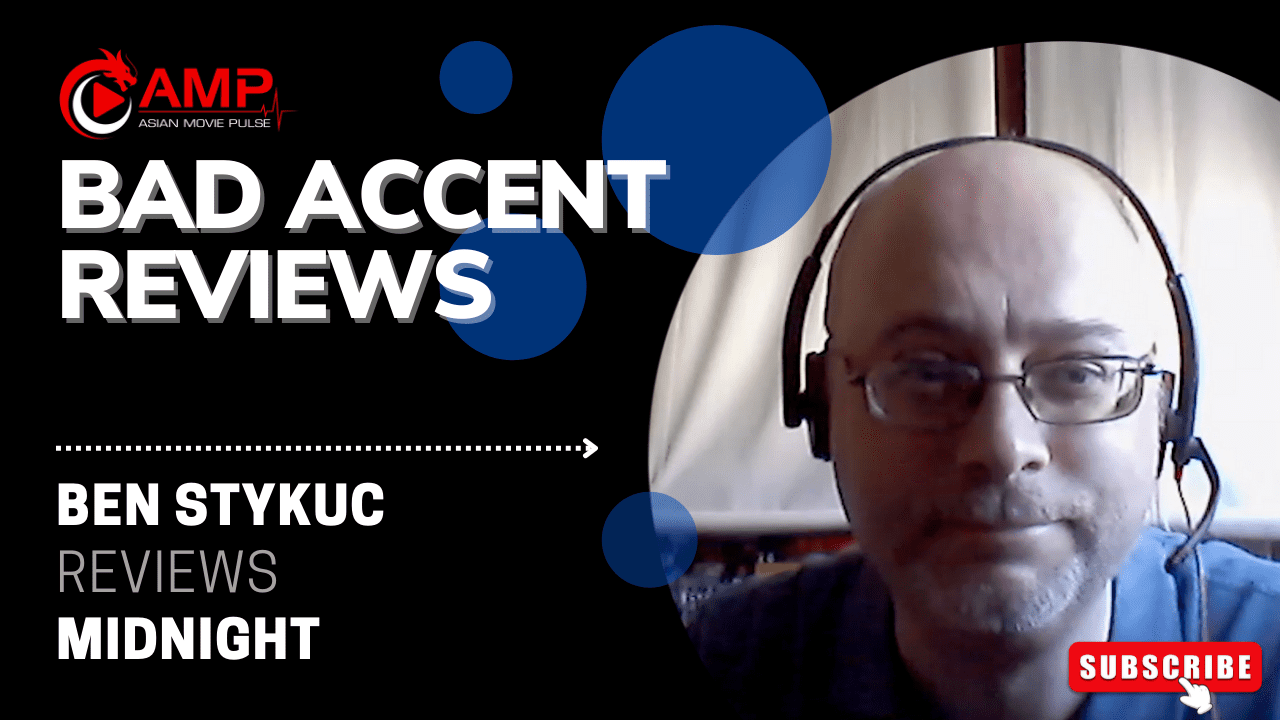Chiemi Shimada is a London-based Japanese artist filmmaker. Her films form from autobiography, portraiture, and narratives exploring themes of domestic/family life, intimacy, displacement, and the human condition. These films challenge the boundary between reality and imagination by blending documentary, fiction, and experimental forms. Her practice attempts to elicit contemplation, which results in laconic, meditative and sometimes a hypnotic quality by bringing close attention to the glimpses of subjects often in everyday environments.
Her films have been in the official selection of Sheffield Doc/Fest, Open City Docs (London), Image Forum Festival (Tokyo), Aesthetica Short Film Festival (York), European Media Art Festival (Osnabrück), Up-and-Coming International Film Festival (Hannover), among others. She is the recipient of Excellence award at the 23rd Student Campus Genius Contest (Tokyo) for the experimental short ‘Fragments' (2017). Her film ‘Austin' (2015) is as part of the Random Acts online platform.
On the occasion of “Chiyo” screening at JAEFF,we speak with her about he approach to film, the reasons for shooting a film about her grandmother, the various Japanese rituals, using a BOLEX camera, and other topics.

Why have you chosen this experimental approach to your films and what do you think are the borders between cinema and video art, since your work seem to linger somewhere between?
In the early development stage, I came across Margaret Tait's ‘A Portrait of Ga (1952)'. I found it very playful and beautiful. Since then, I have been interested in poetic approach using analogue materials and to capture intimacy. Through watching other portrait films shot on 16mm, I have noticed that all of them were shot with a Bolex camera. I started to test the camera and quickly fell in love with it. I decided not to have a fixed plan and to acknowledge my emotional charge during the filming. This led to the impressionistic shots and loose structure of the film. I was also interested in playing with the fluctuating line between fiction and non-fiction in my own work.

I think the borders between cinema and video art are getting blurred. One example is Tate Film programmes in which artist films are screened in a cinema inside of the Tate Modern. This is such a luxury experience for the audience as they can perceive the audio-visuals in the best possible way, not just for seeking entertainment. For ‘Chiyo', I think it could be shown in both spaces, yet I've only had screenings in cinemas thus far. Because the film has loose connections between each part – some are only 1 minute or so; I don't mind if people miss the rest but see only one fragment of the film or watch the film on loop. To me every part can live on its own. I'd really love it if someone gets something from just 1 minute.
Why did you choose to make a film about your grandmother? How difficult was it shooting her, was she willing from the beginning?
When my mother informed me of my grandmother's living situation and through clear signs of aging – her struggles with mobility and the fact that our family cannot provide her with enough care – I came to acknowledge my lack of responsibility over the years as well as my own absence in our relationship. Leaving London for the summer, I decided to make a film as a way of being able to spend more time with my grandmother and to get a better understanding of her and the struggles she lives with.
To me the film is not really about my grandmother. It is more about time and memory through the relationship between us. I used to see her when I go back to Japan every two years and now once or twice a year. So, at the beginning, filming her was not easy. I felt awkward to point the camera at her and she wasn't really willing to be filmed because in general, she doesn't like to be in front of a camera. Also, I didn't know how I wanted the film to be and couldn't explain it well to her. During the two-week stay, I was cleaning the house, cooking and talking to her all the time and joined her in karaoke with her comrade. I realised how much I didn't know about her and her physical changes over the years. One of the things I got shocked by was that she cannot knit anymore because of the finger bone deformation. As I got to know her better, I think she also saw my passion for filmmaking. Without her deep understanding, I couldn't have made the film.

Is there any particular significance or symbolism behind the various micro narratives of the film, particularly the festival and the Buddhist rituals?
The micro narratives came from the process of filming. I didn't have any script or storyboard but a list of things I wanted to film. Also, I write a dream diary and I was asking my grandmother about the dreams she had. Just like she says, ‘dreams can't stay in one place', that became the structure of the film. Now, I see the film as something similar to a collection of Haiku poems made through everyday details.
The list of things I wanted to film is themed around summer scenery in Japan, particularly ‘Obon', an annual Buddhist event for commemorating one's ancestors. When making the film, I was linking my return to this custom that people visit their family and ancestor's graves. The chanting part in the film is as part of ‘Mukae-bi'. This takes place at the beginning of Obon at the entrances of houses to help guide our ancestors' spirits to come home safely. The bits of a chochin lantern towards the end of the chanting part is a scene of ‘Okuri-bi', the event to send our ancestors' spirits. Having dialogue with the chief priest of the temple, I found that the rituals have been modified over the years. For instance, in the ‘Mukae-bi', straw from people's crops were used in the past but now hemp stalk from hardware stores are widely used.
The festival part is from my memory of going to one of these places with my grandmother when I was little. Although my intention was to capture a timeless feel, I needed to embrace the opposite fact that festival scenery tells of a contemporary period through many of the things such as the latest toys, people's outfit and food served at stalls. As a result, the film is entangled in both the past and present time.
Fireworks seem to be a central concept of the film, both in image and sound. Can you elaborate?
I think fireworks have similar aspects to rituals as they tend to be happening at the beginning or towards the end of festivals, ceremony or something significant both in reality and films. Also, fireworks share quite a lot of elements with cinema going; having audiences/spectators, the use of light in the dark, and offering sensory stimulating experiences. Incorporating the images and sounds, I wanted to have the lingering effects and offer the immersive experience as well as reaching the collective memory of seeing them in different periods and locations.

Why did you decide to shoot on 16mm colour film with a Bolex camera? Why the transfer to HD?
I needed to have the material that immediately tells that these scenes are ephemeral. Digital would have been too pristine. I also wanted to have the footage as an object, something similar to old family photos in prints. In a few decades, the film rolls might be found in flea market and someone might make a completely different work out of the material.
The decision to use Bolex came from multiple angles such as the other filmmakers I got inspirations from to make the film whose cameras were Bolexs (Margaret Tait, Jonas Mekas, Luke Fowler etc.) and the ease to use the camera. Since my plan was to make the film one-on-one, I needed a lighter and easy-to-use camera. Considering the timeframe (the film was made as my MA graduation film), the editing in digital environment was necessary. It gave me more freedom to test the structure, different approaches, more ease to get feedback from my tutors and other filmmaker friends remotely.
How much footage time did you have in the beginning and how much time did you spent editing it?
I had about 80 mins of footage and loads of recordings both in conversations and field recordings that I did during the stay. I spent roughly four months editing, including the period of transcribing the conversations. Since I didn't have any script and storyboard, I spent lots of time trying different structures. I tried to make the beginning and end first but for this project it didn't work. Instead, I was making small parts and kept the structure loose. Eventually, I found the way to put them all together.
Are you working on any new projects?
I'm working on a couple short films and one longer project in which I am writing proposals for funding opportunities at the moment. Some of them are loosely connected with familial themes that I've been drawn to. Hopefully I can make them and share them with an audience soon















